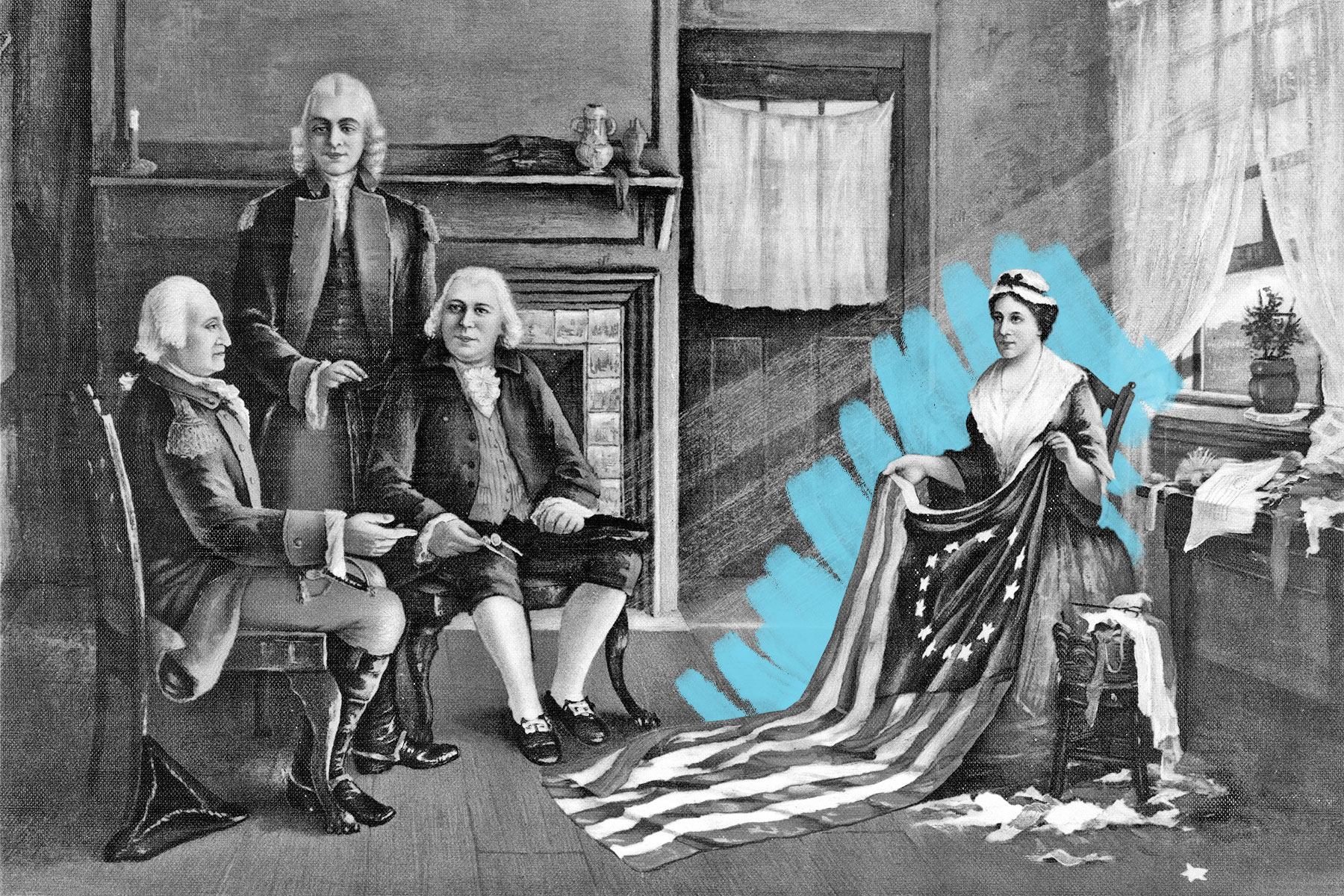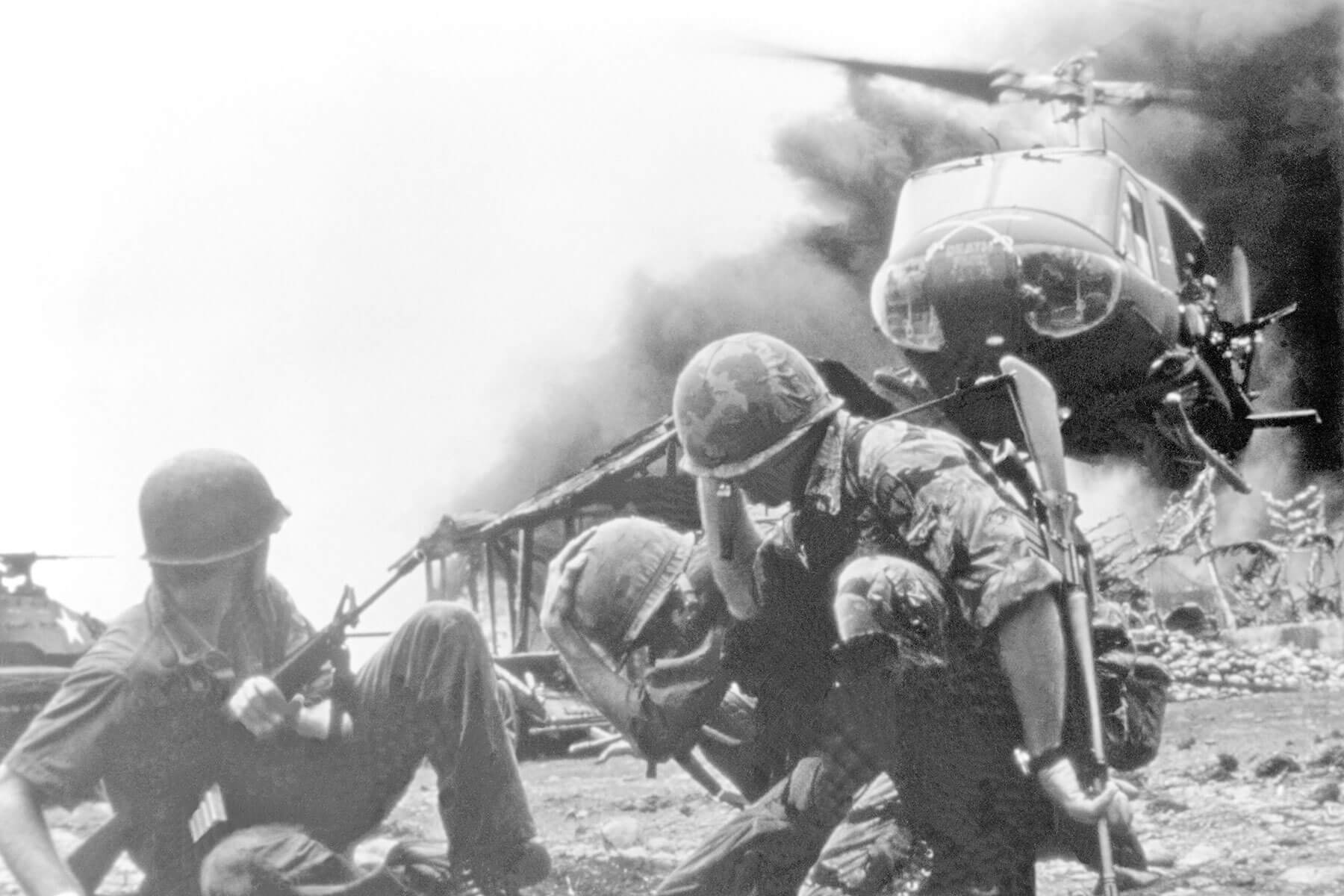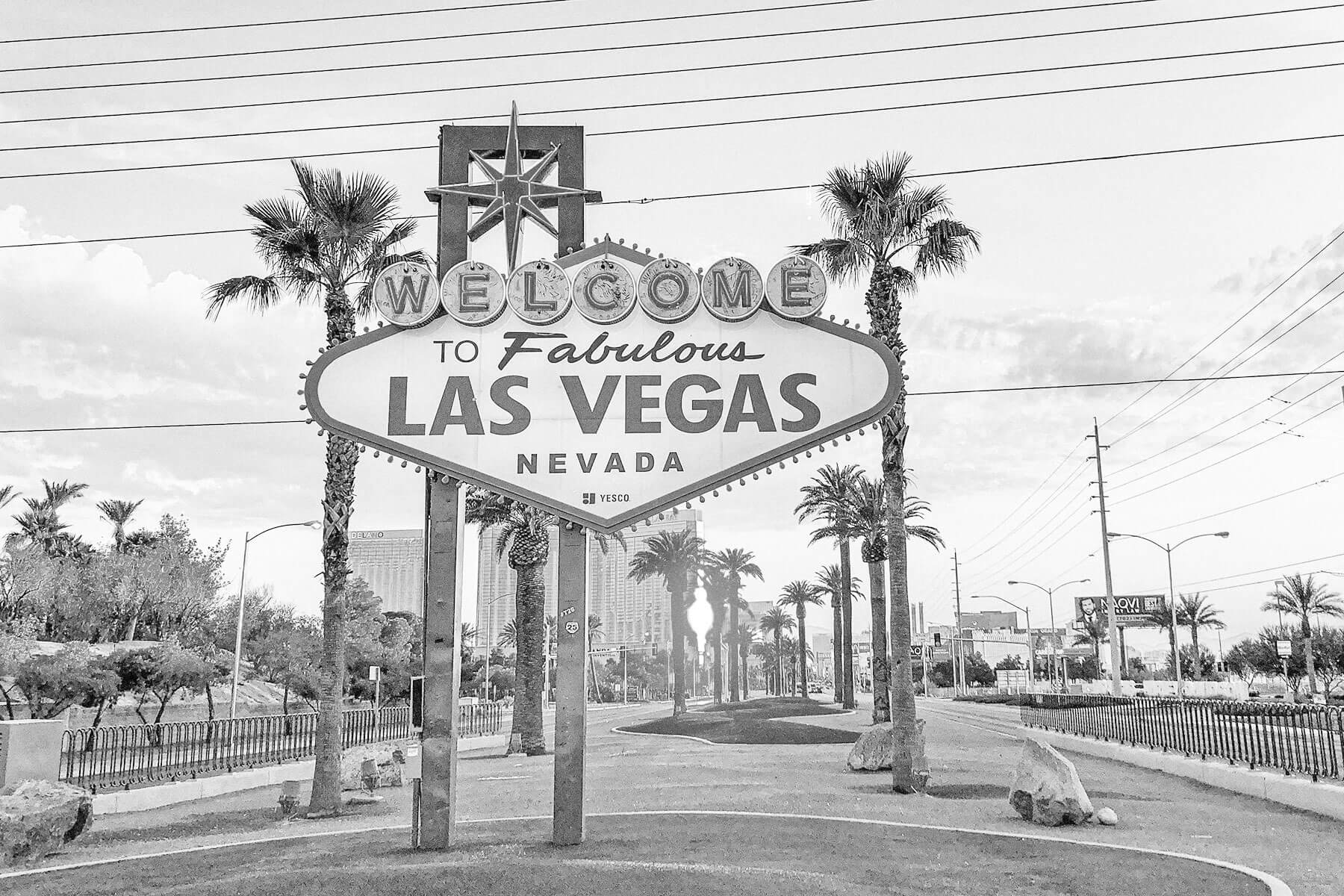| The claim that Betsy Ross made the first American flag didn't surface until 1870 — nearly a century after the nation's founding — in a speech Ross' grandson William Canby delivered to the Historical Society of Pennsylvania. Canby said that his grandmother would often recount a story of the time she received a visit from George Washington, who presented her with a proposed design of 13 stripes and 13 six-pointed stars, and asked if she could create a flag based on the sketch. According to Canby, Ross agreed, and even came up with the idea to give the stars five points instead of six, and to arrange them in a circle. |
| Canby's story was compelling, and the speech was widely circulated in popular newspapers. Before long, it became accepted as fact that Ross created the first American flag. However, although Canby produced affidavits from Ross' daughter and granddaughter corroborating the tale, he never offered any concrete evidence — including, crucially, the flag itself. (In fact, there's no evidence of any American flag that can be traced back to Ross.) Over the years, historians have called Canby's account into question, and while it's been established that Ross did sew flags for the Pennsylvania Navy, some historians suggest the original Stars and Stripes was actually created by Francis Hopkinson, a New Jersey delegate to the Continental Congress. They cite a bill that Hopkinson sent to the Congress in 1780, asking for payment for designing "the flag of the United States of America." But this theory also remains unconfirmed, as the Congress refused to pay Hopkinson for his services, claiming he "was not the only one consulted." To date, the true origin of the American flag remains a mystery. |















No comments:
Post a Comment